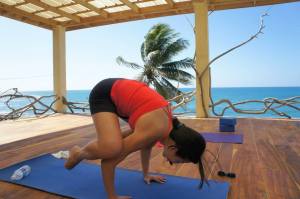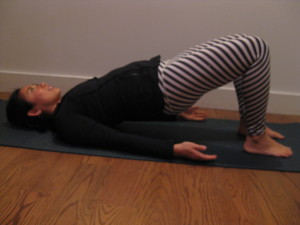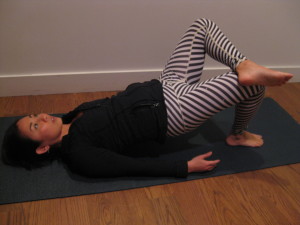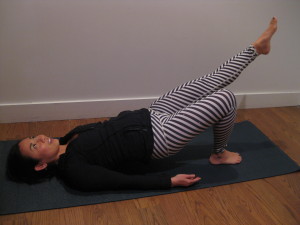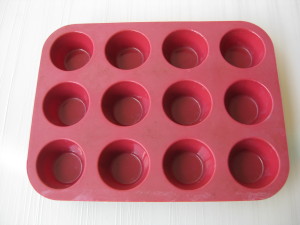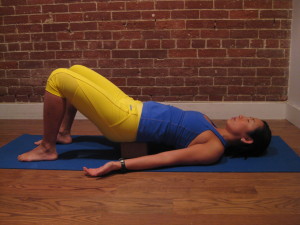Sweet potatoes are supposedly a ‘good’ carbohydrate with a lower glycemic index that most nutrition people will say is a healthy choice. However, I have never liked sweet potatoes very much as a carbohydrate choice on my plate, even as fries, as I generally do not find them to be satisfying. I have experienced some looks of incredulity amongst health conscious eaters when I announce I don’t really like sweet potatoes. I am changing my tune with this recipe I discovered and made repeatedly the past 3 weeks. I was going to bring this dish for a potluck and it was so delicious I had to keep it for myself!!! This recipe caught my eye in the Ottolenghi cookbook and it is a form of sweet potato I will gladly eat anytime. I believe what converted me was the incredible blend of tastes and textures created with the maple syrup, lemon, sherry vinegar, raisins, chili, parsley, cilantro and pecans that elevate the sweet potato.
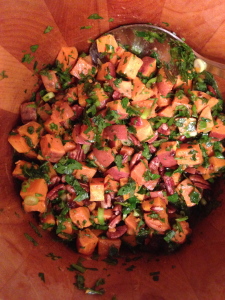
The tastiest sweet potatoes, with lemon maple dressing, parsley, cilantro, raisins and pecans
Roasted Sweet Potato with Lemon Maple Dressing
2-3 sweet potatoes, diced, leave the skin on
Olive oil, salt and pepper to taste
For dressing:
3 tablespoons olive oil
Juice of 1-2 lemons
1 tablespoon sherry vinegar
2 tablespoons maple syrup
1/2 tsp cinnamon
1/2 tsp ground ginger
‘Garnish’:
2 green onions, chopped
3 tablespoons chopped parsley
2 tablespoons chopped cilantro
1/4 tsp chili flakes
1/4 cup golden raisins
1/4 cup chopped pecans, toasted
Preheat oven to 350 degrees. In a rimmed baking dish, toss diced sweet potatoes with a little olive oil, salt and pepper. Mix well with your hands. Roast sweet potatoes in the oven for approximately 30 min, stirring halfway through to ensure even cooking. Remove from heat before the potatoes become too soft, they require some bite to them to hold up to the dressing.
In a small bowl, whisk together lemon juice, maple syrup, sherry vinegar, cinnamon, ginger and olive oil. Adjust taste to your liking, as it is best a little tangy. Set aside.
Place chopped green onion in a large bowl. Add the roasted sweet potatoes while they are still hot, and mix well with dressing. Stir in chopped parsley, cilantro, chili flakes, raisins and pecans. Enjoy warm or at room temperature at a later time.

